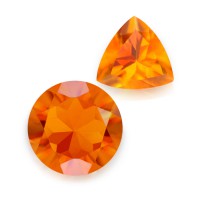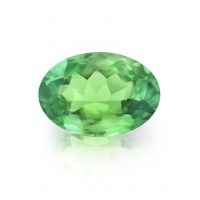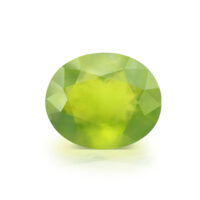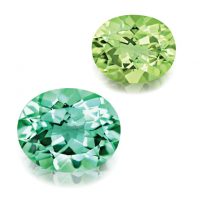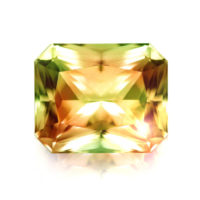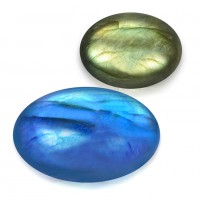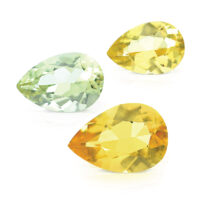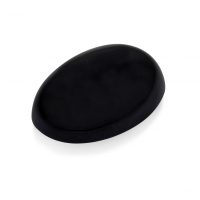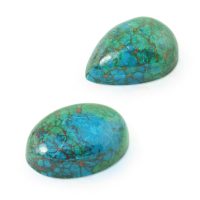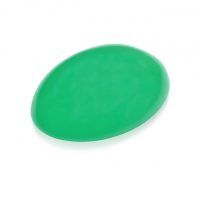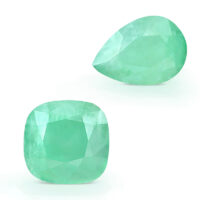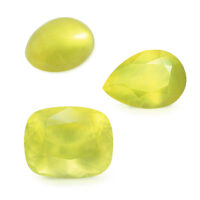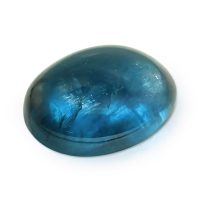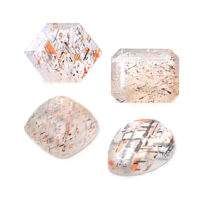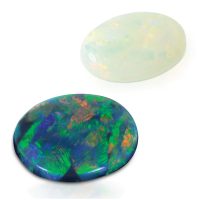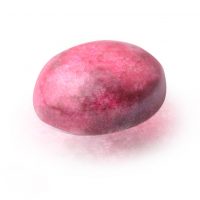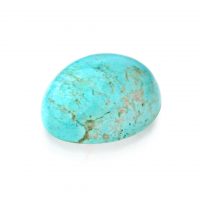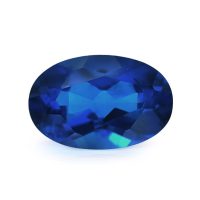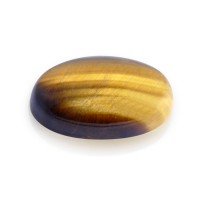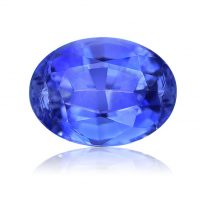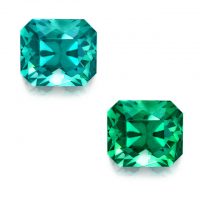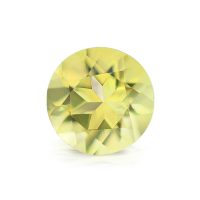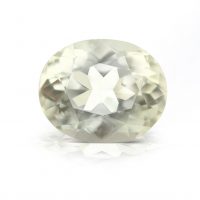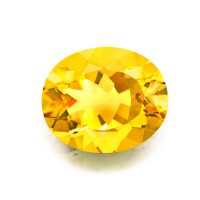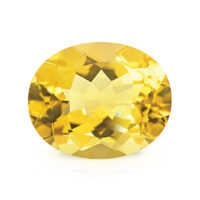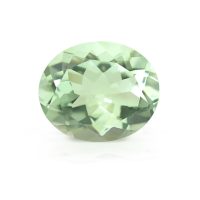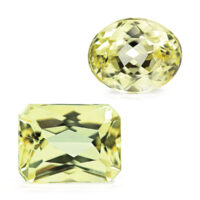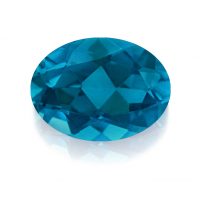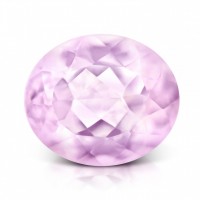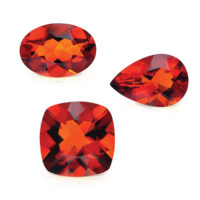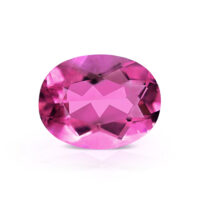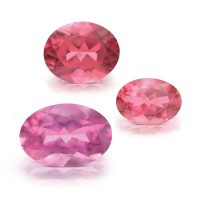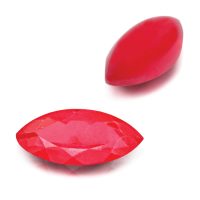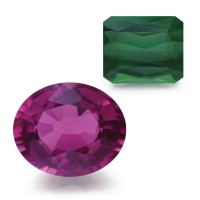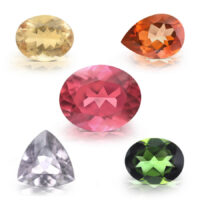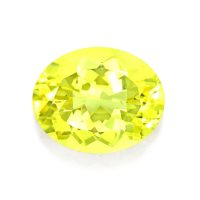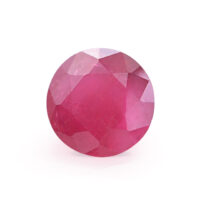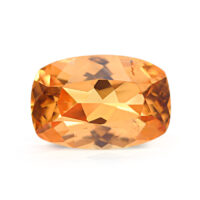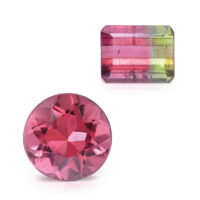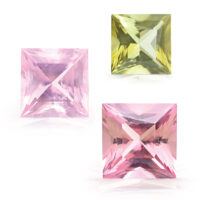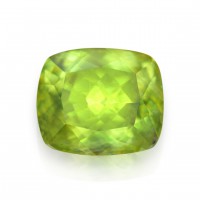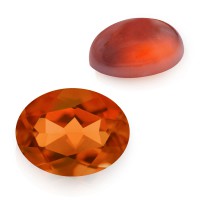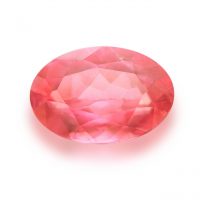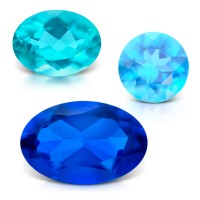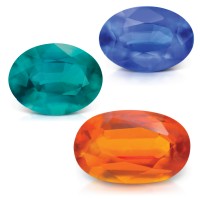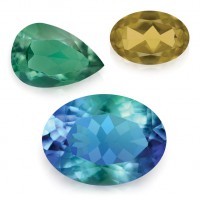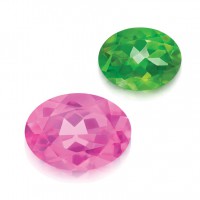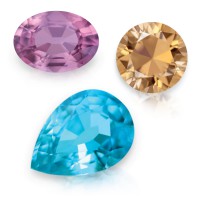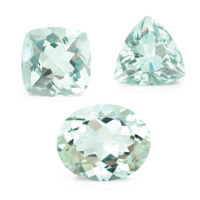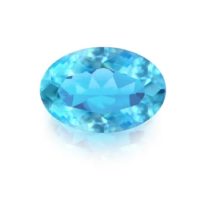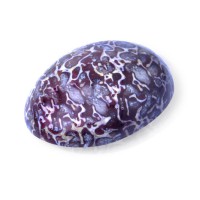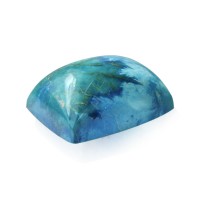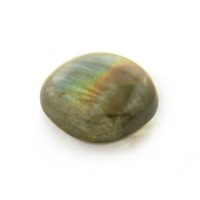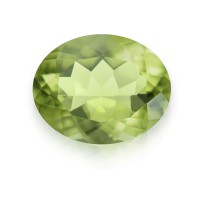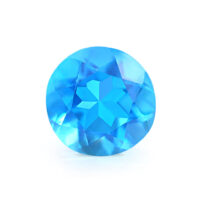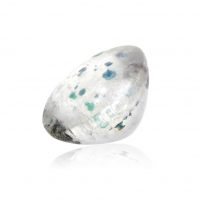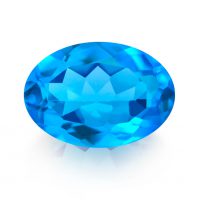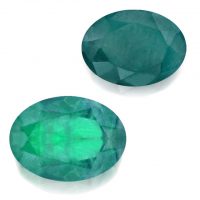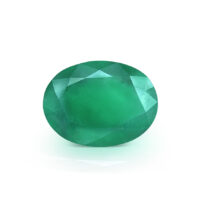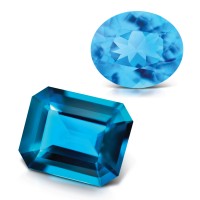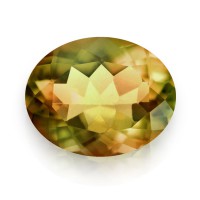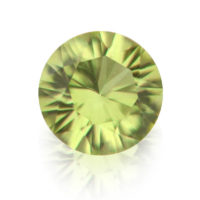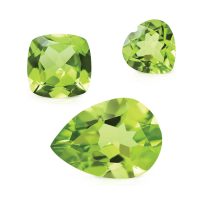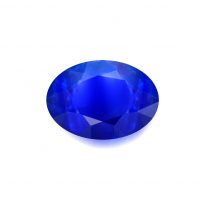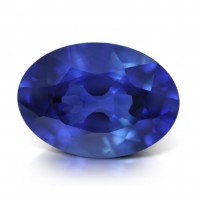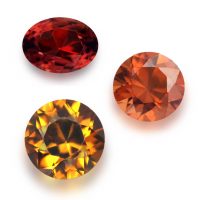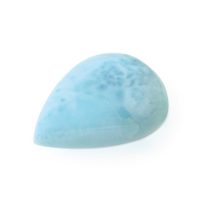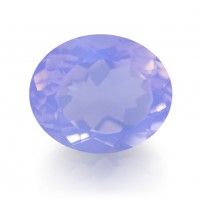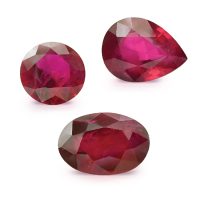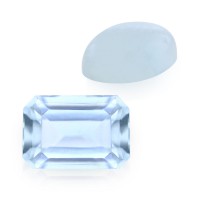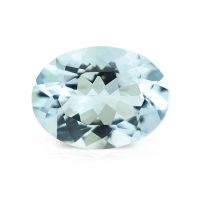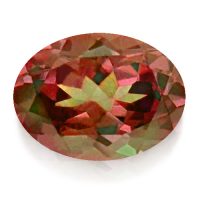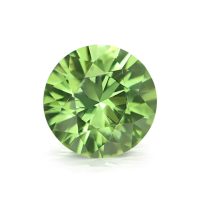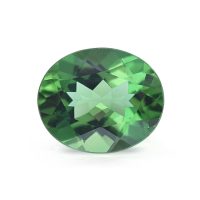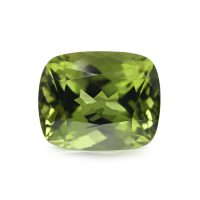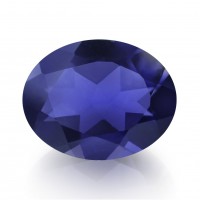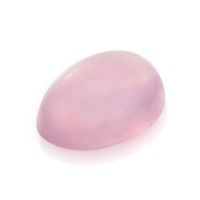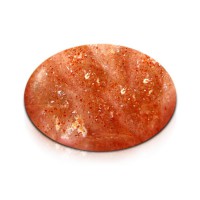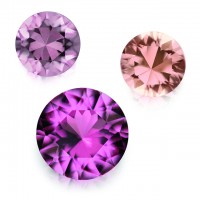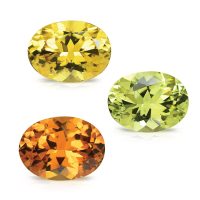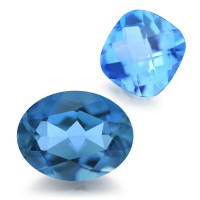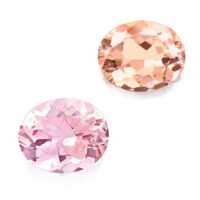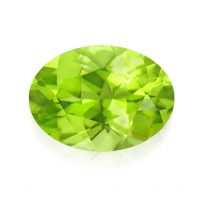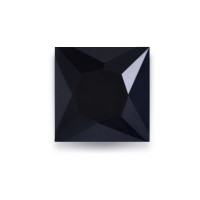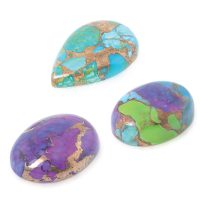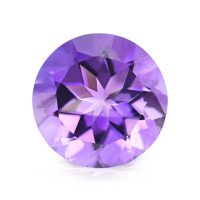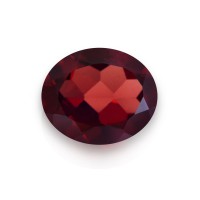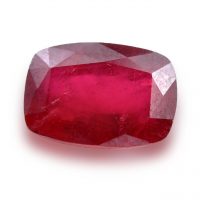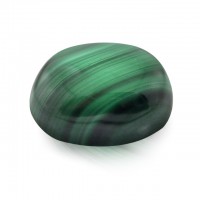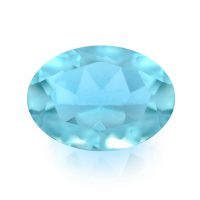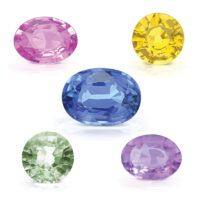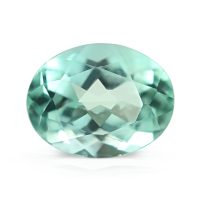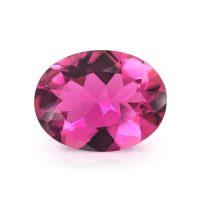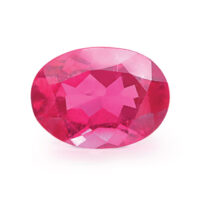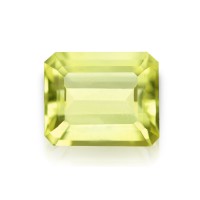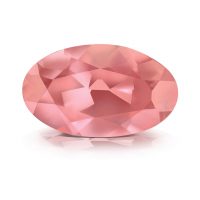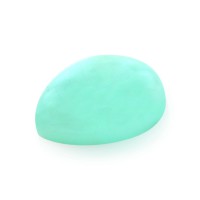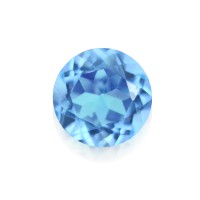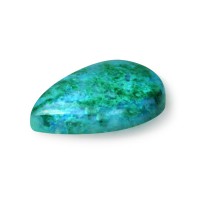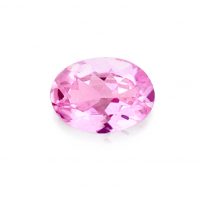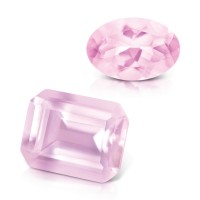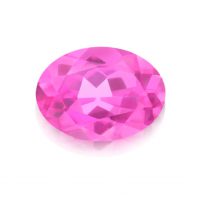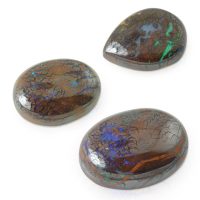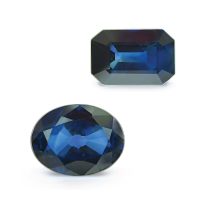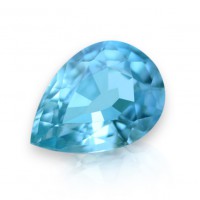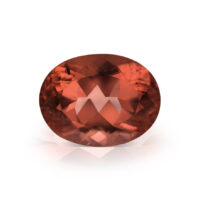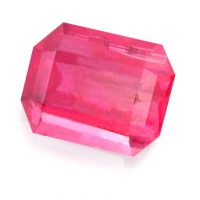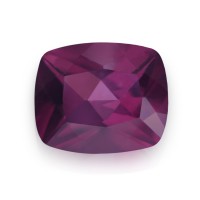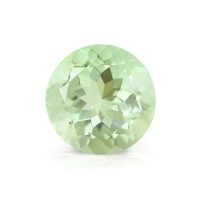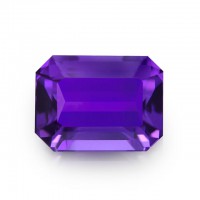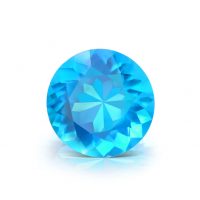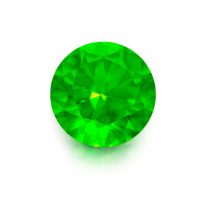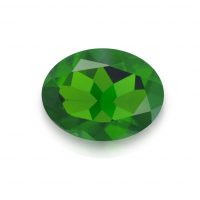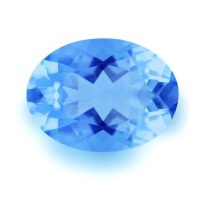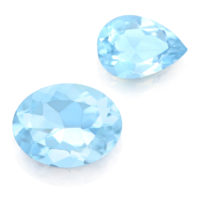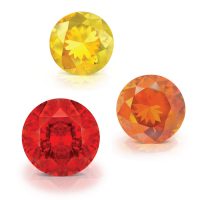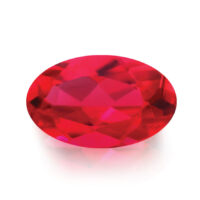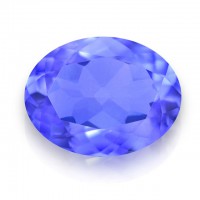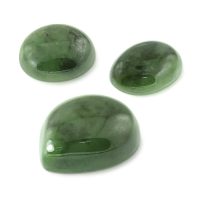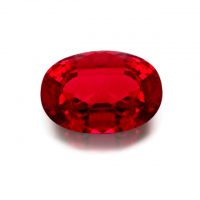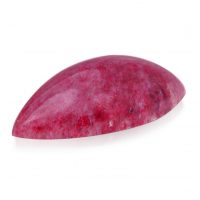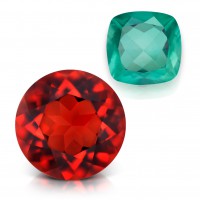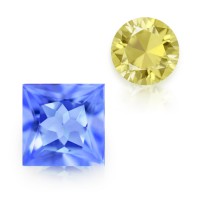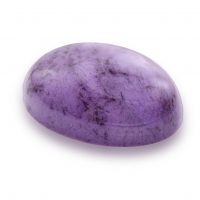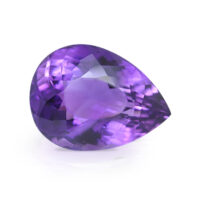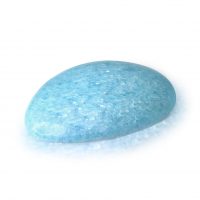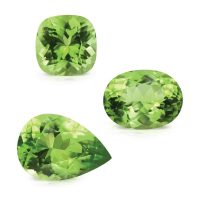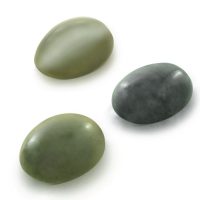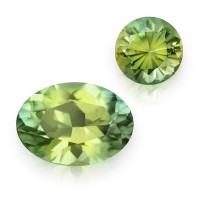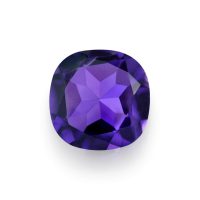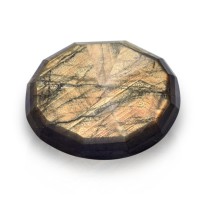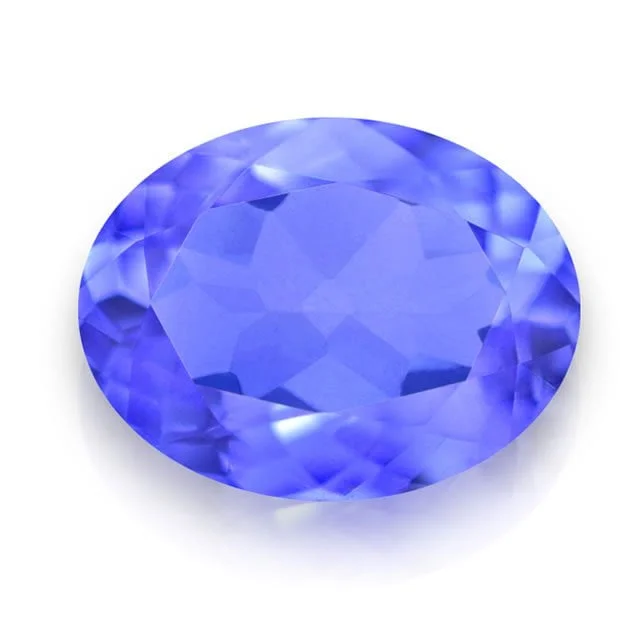

Tanzanite is one of the best-selling colored gemstones and the quintessential ‘haute fashion’ gem of the 20th century. As a sole source gemstone, Tanzanite is much defined by its genuine rarity as its beauty.
Hardness 6.5 - 7
Refractive Index 1.691 - 1.700
Relative Density 3.35
Enhancement Heat
Beauty
Typically gorgeous blues, bluish-purples and violets, Tanzanite’s best ‘velvety blues’ can even rival the finest Blue Sapphire. Tanzanite also comes in extremely rare and highly collectable fancy colors. Tanzanite’s different colors are due to the amount and ratio of chromium and vanadium, and the major value determinates for this gemstone are color and cutting quality.
Tanzanite is a challenging gemstone for the lapidary because of the orientation of crystals due to trichroism (three colors and their intensity change when viewed from different angles). The quality of faceting is important for Tanzanite as the visibility of its trichroism is largely dependent on cutting. Each Tanzanite crystal has three colors, blue, purplish-red and greenish-yellow brown (bronze). Tanzanite is heated to permanently enhance its color and while heating minimizes its bronze hues, maximizing the blues, purples and violets, this is dependent on the natural characteristics of each crystal and doesn’t produce consistent results. While Tanzanite’s rarest and most valuable color is typically a strong daylight ‘sapphire-esque’ blue, most of the time, Tanzanite’s final color is a combination of its three trichroic hues.
As a high transparency and an absence of inclusions are signature characteristics of Tanzanite, optimal lapidary with a good brilliance and eye-clean clarity, the highest quality clarity grade for colored gemstones, are key quality considerations for this gemstone. Tanzanite that is too large or poorly cut will darken, losing brilliance. Available in an array of shapes and sizes, Tanzanite under 20 carats is most popular and practical for jewelry. Ovals and cushions are the most common cuts, but Tanzanite is also available in rounds as well as other shapes.
Tanzanite exhibits a color shift (a color change where the two colors are near each other on the color wheel) from its blues in daylight, to purples and violets in incandescent lighting (candlelight). Even its finest pure blues will display some purples and violets in incandescent light. Color and size in Tanzanite are also linked; it’s richer, more intense hues are generally not found in smaller sizes. Tanzanite’s deeper more expensive colors are often identified by quality prefixes such as ‘AAA’.
Tanzanite was discovered in 1967 at the world’s sole deposit not far from Tanzania’s Mount Kilimanjaro and the town of Arusha in the arid Merelani foothills that rise from the hot Sanya plains. Segmented into four ‘blocks’ (A, B, C and D), the Tanzanite deposit scarcely covers 20 square-kilometers. Five hundred and eighty-five million years ago, something so geologically unique happened here beneath the earth’s surface that there is less than a one-in-a-million chance of Tanzanite occurring elsewhere. A variety of the mineral Zoisite, ‘Tanzanite’ was named by Henry B. Platt, Former President & Chairman, Tiffany & Co. in tribute to the land of its birth. Fascinated by this gemstone he stated, “Tanzanite is the most important gemstone discovery in over 2,000 years”. Enormously popular, Tanzanite joined Turquoise and Zircon as the official birthstones for December in 2002. While Tanzanite’s discovery has been officially attributed to Ndugu Jumanne M. Ngoma by the Tanzanian government, popular legend connects the discovery to nomadic Masai herdsmen. Apparently, they spotted beautiful blue Tanzanite crystals which had been transformed from their typical greyish bronze by a grass fire. While this story alludes to how Tanzanite’s colors transform when heated, can a grass fire really reach the temperatures (370-650°C) needed? This matter was recently put to rest by the highly regarded gem professional, Terry Coldham BA (Geology) FGAA. Having never met anyone who had actually seen Tanzanite transform due to the heat of a grass fine, Terry decided to test the myth. After heating a selection of Tanzanite rough with a large quantity of dry grass, assisted by a light breeze, it was obvious that the gems had indeed turned blue. Manuel D’Souza staked the first Tanzanite claim and legendary Scottish geologist Campbell Bridges (the discoverer of Tsavorite) was the first person to bring Tanzanite to the GIA (Gemological Institute of America) for identification. The Masai are a people forever linked to Tanzanite and by sheer coincidence, the Masai regard blue as a sacred spiritual color. Once bestowing blue beads and robes to women who have born children, the Masai have now adapted this old tradition. Today, Masai chiefs give Tanzanite to wives on the birth of a baby as a blessing for a healthy, positive and successful life.
Rarity
As a sole source gemstone a thousand times rarer than Diamonds, Tanzanite is much defined by its genuine rarity as its beauty. Tanzanite production is decreasing with the Tanzanite Foundation stating in August 2013 that, “At the current rate of mining, and given its single source and limited supply, it is estimated that there is less than 15 – 20 more years of Tanzanite left in the ground”.
Durability & Care
A popular jewelry gemstone well-suited to everyday wear, Tanzanite (Mohs’ Hardness: 6.5 – 7) should always be stored carefully to avoid scuffs and scratches. Clean with gentle soap and lukewarm water, scrubbing behind the gem with a very soft toothbrush as necessary. After cleaning, pat dry with a soft towel or chamois cloth.
Map Location

Click map to enlarge



























